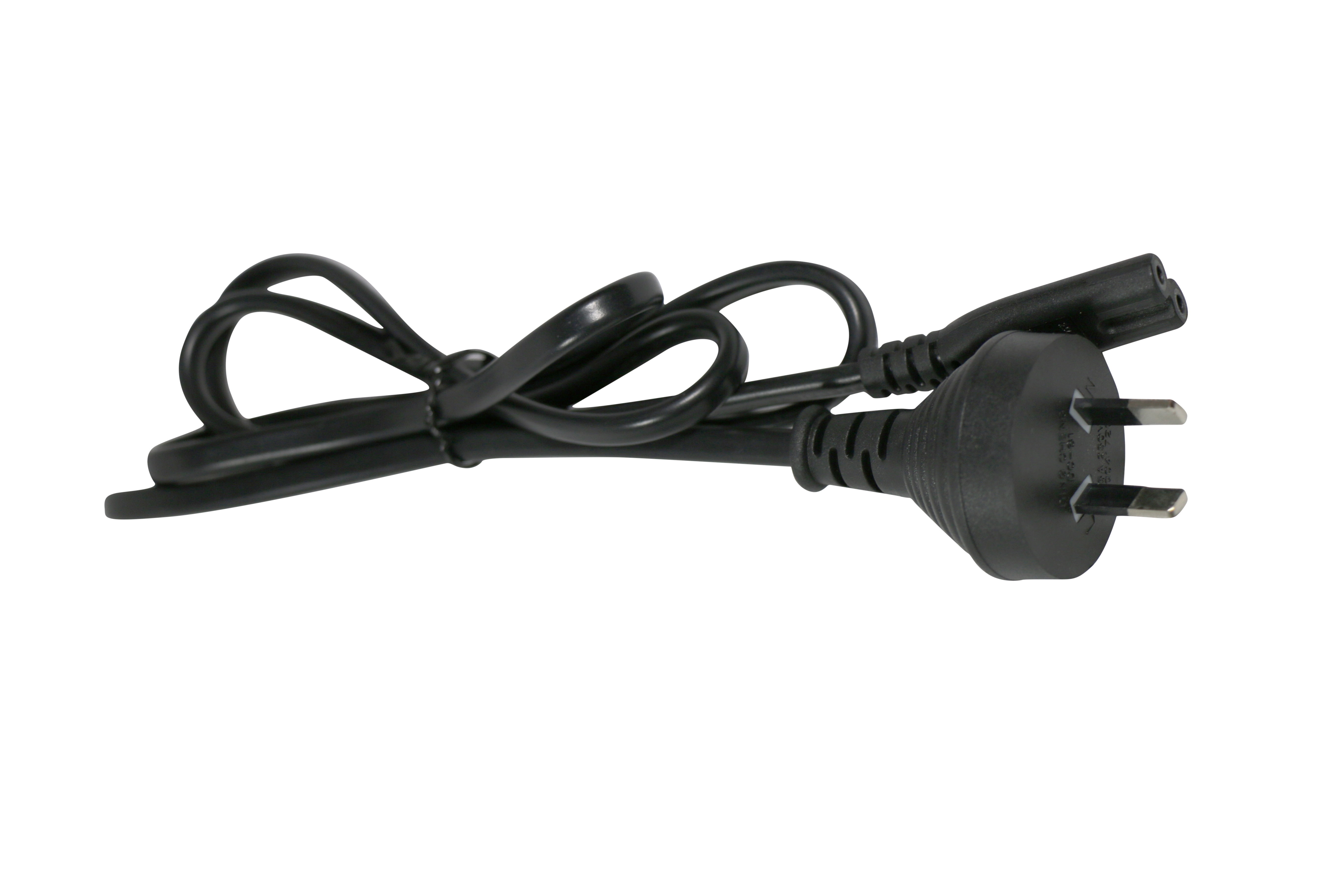

Power plugs bear lettered designations and carry specifications such as: IEC 60906-1 is a proposed common standard for power plugs. Power plugs that do not bear lettered designations include the NEMA 14-30 and NEMA 14-50 plugs that are used in North America with ovens and dryers. Type L plugs are either 10-A or 16-A devices neither is polarized.Ĭhart and Note Credit: Wikipedia. Type J plugs have an offset earth pin and uninsulated pin shanks. Type I plugs have a grounding pin and two flat, current-carrying pins that form Type H plugs are characterized by three flat pins that form a Y-shape.

Type G plugs or 13-amp plugs have three rectangular prongs that form a triangle Type E/F hybrid plugs are designed to overcome The Type F plug or Schuko plug is similar to the Type E design, but uses two groundingĬlips instead of a female ground contact. Ground pin and are compatible with Euro plugs Type E plugs have a round shell and two evenly-spaced pins. Type M plugs are the 15-A version of old Type D plugs. Type D plugs are characterized by three large, round pins arranged in a triangular pattern.
#Power plug free#
The Type C plug or Euro plug is ungrounded with two round pins thatĬonverge slightly towards their free ends. Type B plugs feature a similar design, but also add a round or U-shaped grounding prong. Type A plugs have two flat, parallel, non-coplanar blades. The chart below gives a comparison of the many different types of power plugs. There are many different types of power plugs. Polarized plugs can be inserted in only one way so that the live and neutral poles of the plug can connect only to the live and neutral conductors of the receptacle. Grounded plugs provide protection from electrical shock. As electrical connectors, both AC power plugs and DC power plugs are equipped with metal blades or pins that mate with slots or holes. Power plugs provide either alternating current (AC) or direct current (DC). The plugs have a live contact, a neutral contact, and often a ground contact. These materials interface mechanically and electrically to the mains. The male features (blades/pins) are generally brass and plated with tin or nickel. They connect to electrical receptacles, wall outlets, or sockets and draw current from these female connectors. The Harbormaster may disconnect any service that doesn’t comply with the requirements listed herein.Power plugs are male connectors that are used to distribute power to electrical devices.Do not store cord on float when vessel is out. Shore power cords on floats must be routed and secured clear of walking surface to prevent trip hazards and allow for snow removal.

Turn pedestal breaker on, and then energize the power at the vessels breaker panel. Turn off power at breaker inside vessel first, verify shore pedestal breaker is off, and then plug power cord into the pedestal. The shore pedestal breaker should not be turned on or off under a load.

Only approved electrical lubricant may be used on conductor pins.


 0 kommentar(er)
0 kommentar(er)
